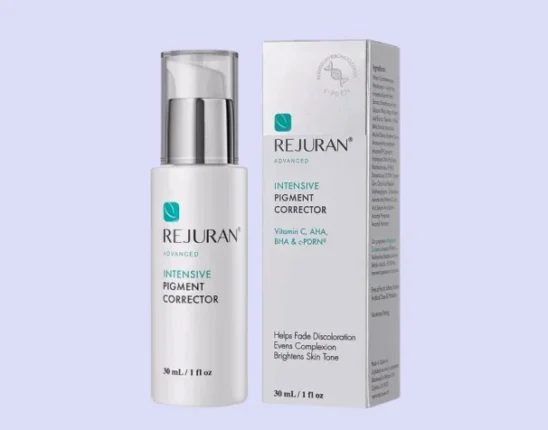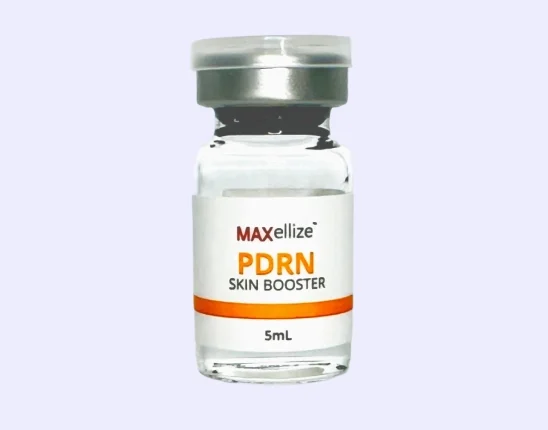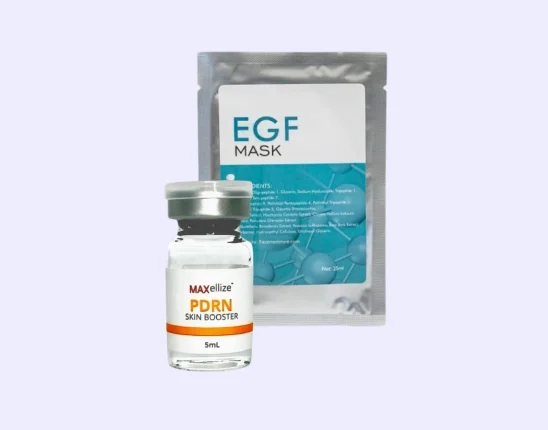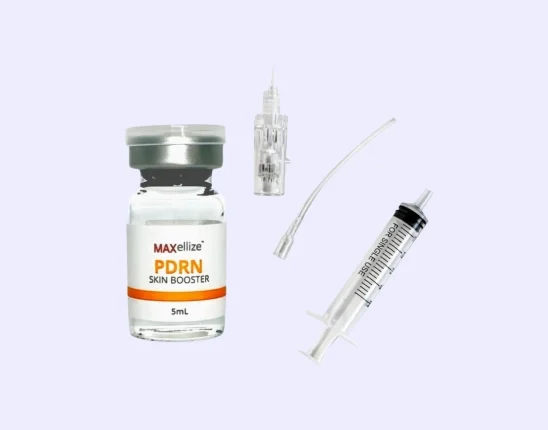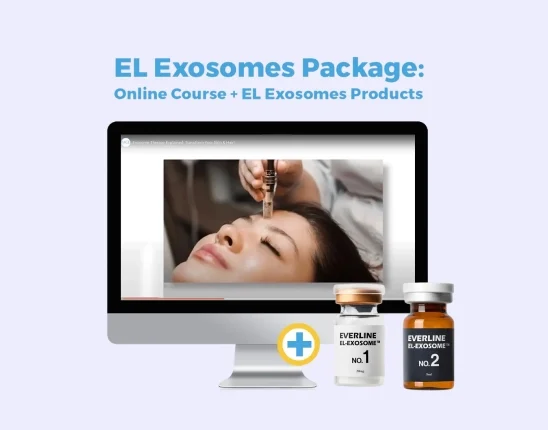Platelet-rich plasma therapy has gained popularity due to its non-invasive nature when it comes to repairing tissue injury. Of all the components of PRP formulations, it’s the growth factor that’s pointed to have a key role in addressing the concerns of patients regarding some disorders that they’re experiencing.
So what’s a growth factor? Growth factors are a group of proteins that are capable of stimulating the proliferation and growth of cells. Types of growth factors are differentiated based on their receptors, and these classifications have different growth-stimulating effects on cells. With their profound effects on cellular growth, they found regenerative medicine applications based mainly on their capacity for tissue healing.
What’s A Growth Factor?
A protein is considered to be a growth factor when it’s a biologically active compound, the secretion of which has a critical role in cell growth, proliferation, and differentiation. Upon binding to cell surface receptors, it promotes a cascade of reactions, typically protein phosphorylation, that transmit signals to cells in order to elicit cellular responses, in a process generally termed signal transduction.
Classification Of Growth Factors And Their Receptors
As mentioned, growth factors play a critical role in transmitting signals to different cell types in order to induce their growth and differentiation. However, it’s important to note that the effects of growth factors differ based on the cellular receptor they bind to. As such, they’re also classified into families based on their cell surface receptors and the action of growth factors upon binding in these receptors. These classifications include the following:
- Platelet-Derived Growth Factor Family
- Vascular Endothelial Growth Factor Family
- Epidermal Growth Factor Family
- Fibroblast Growth Factor Family
- Insulin Family
- Neurotrophin Family
- Ephrin Family
- Agrin Family
- GDNF Family
- Angiopoietins
- Orphan Receptors
Uses Of Growth Factors
Because of the role of growth factors in cellular growth, proliferation, and differentiation that can promote tissue repair, growth factors found their clinical applications in different disorders that resulted from alterations in intracellular signal transduction pathways. Moreover, future strategies for pharmacological approaches are also directed in targeting the expression of growth factors to combat certain diseases.
1) Mechanisms Of Growth Factor In Wound Healing
The use of growth factors in wounds stems from the fact that they can stimulate tissue regeneration and repair tissue injury by having key roles in the phases of wound healing, namely the inflammatory phase, the proliferative phase, and the remodeling phase.
Platelet-derived growth factors and TGF-beta, for example, promote wound healing by modulating the inflammatory response in which they mobilize neutrophils and macrophages, with the former capable of antimicrobial response and the latter capable of promoting the proliferative phase of wound healing on top of also exhibiting response to microorganisms present in the wound site.
In platelet-rich plasma injections, for example, a combination of growth factors are present, and these growth factor combinations are responsible for the applications of PRP treatment that were determined in connection to wound healing phases, such as the following:
- Improvement of post-surgical wound healing
- Improvement of recovery from common sports injuries
- Improvement of bone pain from osteoarthritis
- Improvement of the appearance of thinning hair
- Improvement of skin appearance through the ability to promote skin rejuvenation
2) Growth Factor Expression As Targets For Pharmacological Approaches
A signal transduction pathway, when altered, can promote the abnormal growth of cells in patients, resulting in the production of cancer cells. Growth factors play a critical role in these pathways and thus may promote the growth of cancer cells. Most notable of these growth factors are the vascular endothelial growth factor (VEGF) and epidermal growth factor (EGF), which are also capable of inducing the growth of new blood vessels necessary for the growth of cancer cells. The clinical significance of this fact is that the control of these growth factors may be good targets in producing new cancer drugs.
Similarly, clinical studies hypothesize that lack of oxygen results in an increase in VEGF expression, which in turn leads to the abnormal growth and production of new retinal blood vessels, ultimately resulting in diabetic retinopathy and age-related macular degeneration. As such, drugs that may block VEGF may be able to address these disorders which are particularly prevalent in patients 65 years and older. An example of this drug is ranibizumab, a recombinant monoclonal antibody fragment that inhibits the binding of VEGF to its receptor, thus inhibiting the signal transduction pathway cascade that it mobilizes to result in new blood vessel formation.
PEP Factor: An Effective And High-Quality Treatment For Hair Loss
Growth factor has found its wide range of clinical applications through its role in cell growth, differentiation, and proliferation. The mechanisms of growth factor are most commonly seen and exploited through platelet-rich plasma (PRP) therapy, in which the growth factor levels are important predictors of the efficacy of the PRP formulations against hair loss, for example.
However, it can be noted that PRP formulations are difficult to produce since they undergo collection through a blood draw from otherwise healthy patients and processing through centrifugation before they can be delivered to the patients. The presence of growth factors also isn’t consistent per formulation because PRP preparation is yet to be standardized. With that, it’s a good idea to look at other formulations that also contain growth factors and can also improve the appearance of thinning hair such as PEP Factor.
PEP Factor is a ready-made formulation made of natural ingredients. It may be considered as a formulation of topical growth factor, with one of its active ingredients being basic fibroblast growth factor (bFGF), an example of protein growth factor of the hepatocyte growth factor family, and, like other growth factors, has a biological activity that’s capable of wound healing and also has effects on cardiovascular and brain health.
Shop For Safe And Effective Medical Products At FACE Med Store
Growth factors are groups of proteins involved in cell transduction pathways through which the growth and proliferation of cells in response to their binding in growth factor receptors are yielded as a result. The roles of growth factors in regenerative medicine have been diverse and their uses, which include their role in wound healing and being targets of pharmacotherapy, are continuously being explored.
Happy and healthy clients are the FACE Med Store’s top priority, evident in the products and services it offers. FACE Med Store ensures that the products we offer to clients are the best in terms of safety and efficacy. We also have a record of good customer service that can give guidance to both businesses and regular clients in choosing what product will best address their needs. Contact us now at (800)770-9083 or browse through our website to know more about our products and services.
